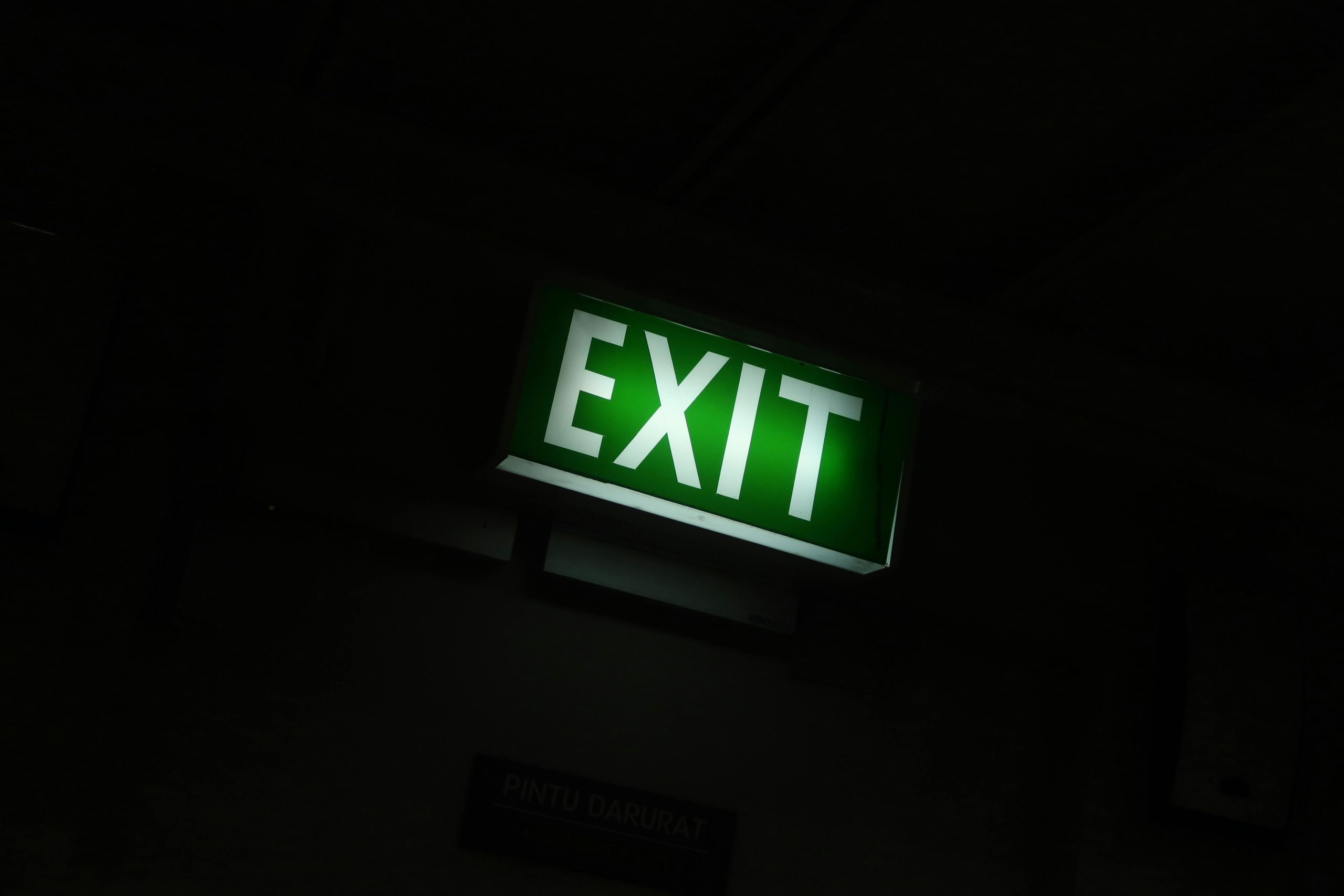You have finished your shopping, your cart is full, and you are ready to leave the store. However, you may have noticed that the path to the exit is no longer a simple, straight line. Modern retail designers have transformed the front end of the store into a carefully engineered environment of obstacles and temptations. This new layout is a deliberate strategy designed to slow you down, create friction, and delay your exit. The longer they can keep you in the store, the more likely you are to make one last impulse purchase.

Image Source: pexels.com
The Serpentine Queue
The most powerful tool for delaying your exit is the serpentine queue. This is the single, winding line that feeds into multiple cash registers, a system now used by chains like T.J. Maxx and Target. This layout forces you to walk a long, slow path that is lined on both sides with a gauntlet of high-margin impulse buys like candy, soda, and magazines. It is a captive marketing strategy that is incredibly effective at generating last-minute sales.
The Self-Checkout “Bullpen”
The self-checkout area is often designed as a chaotic “bullpen” rather than a set of orderly lines. This can create confusion and delay as you try to figure out which kiosk is open next. This forces you to spend more time in the most impulse-heavy part of the store. While you are waiting and watching for an open machine, you are surrounded by displays of snacks and drinks that you are more likely to grab out of boredom.
Placing Services Next to the Exit
Retailers will often place high-traffic service desks, like customer service, returns, and the lottery counter, right next to the main entrance and exit. These areas are magnets for long lines and slow-moving customers. This creates a bottleneck of human traffic that can make a quick and easy exit feel more difficult, subtly encouraging you to pause and look at the nearby displays while you wait for the path to clear.
The “Decompression Zone” as an Exit Barrier
The wide, open space at the front of the store, known as the “decompression zone,” serves a dual purpose. When you enter, it allows you to slow down and adjust to the store’s environment. When you are trying to leave, however, it can act as a psychological barrier. The sudden shift from a crowded aisle to a vast, open space can cause you to pause, which gives the store one last chance to catch your eye with a major promotional display.
Receipt Checkers as a “Soft” Exit Gate

Image Source: pexels.com
At warehouse clubs like Costco and Sam’s Club, the receipt checker at the door is an official part of the exit process. While their primary purpose is loss prevention, they also act as a “soft” exit barrier. The need to stop and wait for an employee to check your receipt slows down the flow of traffic out of the store. This creates a final pause where you are surrounded by displays for big-ticket items like TVs and electronics.
Engineering Your Final Steps
The front end of a retail store is no longer just a place to pay; it is the final and most intense stage of the store’s marketing strategy. Every element of its design, from the layout of the queue to the placement of the service desks, is calculated to make your exit a little slower and a little less efficient. By being aware of these tactics, you can stay focused on your mission: to pay and leave without any last-minute additions to your cart.
Have you noticed these exit-delaying tactics in your favorite stores? Which one do you find the most effective or the most frustrating? Share your thoughts!
Read More
4 Grocery Stores Closing Their Doors For Good Across the U.S.
